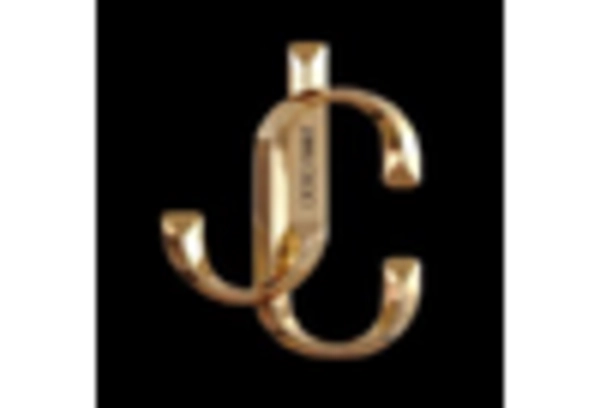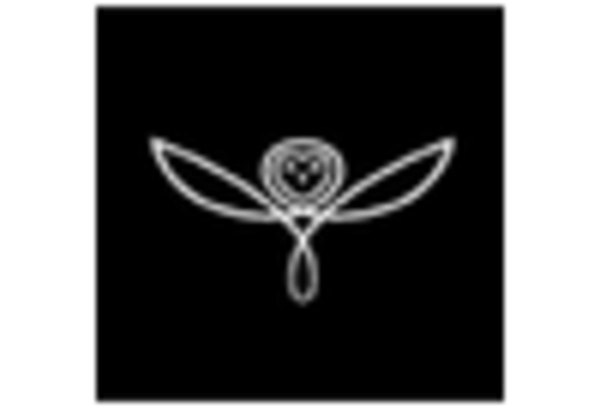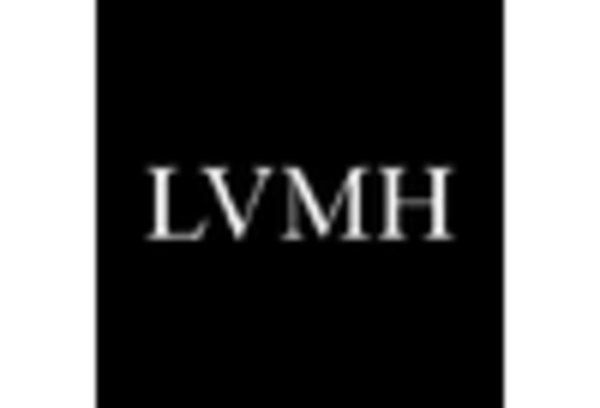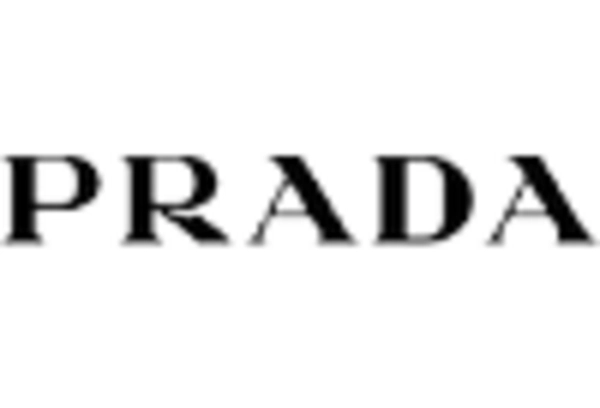Rising Disposable Income
The increasing disposable income among women appears to be a pivotal driver for the Women’s Luxury Footwear Market. As economic conditions improve, more women are willing to invest in high-end footwear, which is often perceived as a status symbol. Reports indicate that the luxury goods market, including footwear, has seen a notable uptick, with women accounting for a significant portion of this growth. This trend suggests that as financial stability rises, so does the propensity to purchase luxury items, thereby enhancing the overall market dynamics. The Women’s Luxury Footwear Market is likely to benefit from this trend, as consumers prioritize quality and brand reputation over mere functionality.
Sustainability and Ethical Production
Sustainability has emerged as a crucial factor influencing purchasing decisions in the Women’s Luxury Footwear Market. Consumers are increasingly aware of the environmental impact of their purchases and are gravitating towards brands that prioritize ethical production practices. This shift is reflected in the growing demand for eco-friendly materials and transparent supply chains. Reports indicate that brands adopting sustainable practices have seen a rise in consumer loyalty, suggesting that sustainability is not merely a trend but a fundamental shift in consumer behavior. The Women’s Luxury Footwear Market is likely to evolve as brands adapt to these expectations, potentially leading to innovative designs and materials.
Customization and Personalization Trends
The desire for customization and personalization in luxury footwear is becoming a significant driver in the Women’s Luxury Footwear Market. Consumers are increasingly seeking unique products that reflect their individual styles and preferences. This trend has prompted brands to offer bespoke services, allowing customers to select materials, colors, and designs tailored to their tastes. Market data indicates that personalized products often command higher price points, enhancing profitability for brands. As the demand for unique footwear experiences grows, the Women’s Luxury Footwear Market is expected to expand, with brands that embrace customization likely to gain a competitive edge.
Technological Advancements in Footwear Design
Technological advancements in footwear design are reshaping the Women’s Luxury Footwear Market. Innovations such as 3D printing and smart materials are enabling brands to create more intricate and functional designs. These technologies not only enhance the aesthetic appeal of luxury footwear but also improve comfort and performance. Market analysis suggests that brands incorporating technology into their designs are attracting a tech-savvy consumer base willing to invest in innovative products. As these advancements continue to evolve, the Women’s Luxury Footwear Market is poised for transformation, with potential for new product categories and enhanced consumer experiences.
Influence of Social Media and Celebrity Endorsements
The role of social media and celebrity endorsements in shaping consumer preferences is increasingly evident in the Women’s Luxury Footwear Market. Platforms such as Instagram and TikTok serve as powerful marketing tools, where influencers showcase luxury footwear, creating aspirational lifestyles that resonate with their followers. This phenomenon has led to a surge in demand for specific brands and styles, as consumers seek to emulate the looks of their favorite celebrities. Data suggests that brands leveraging social media effectively have experienced substantial growth in sales, indicating that the Women’s Luxury Footwear Market is becoming more intertwined with digital marketing strategies.


















Leave a Comment